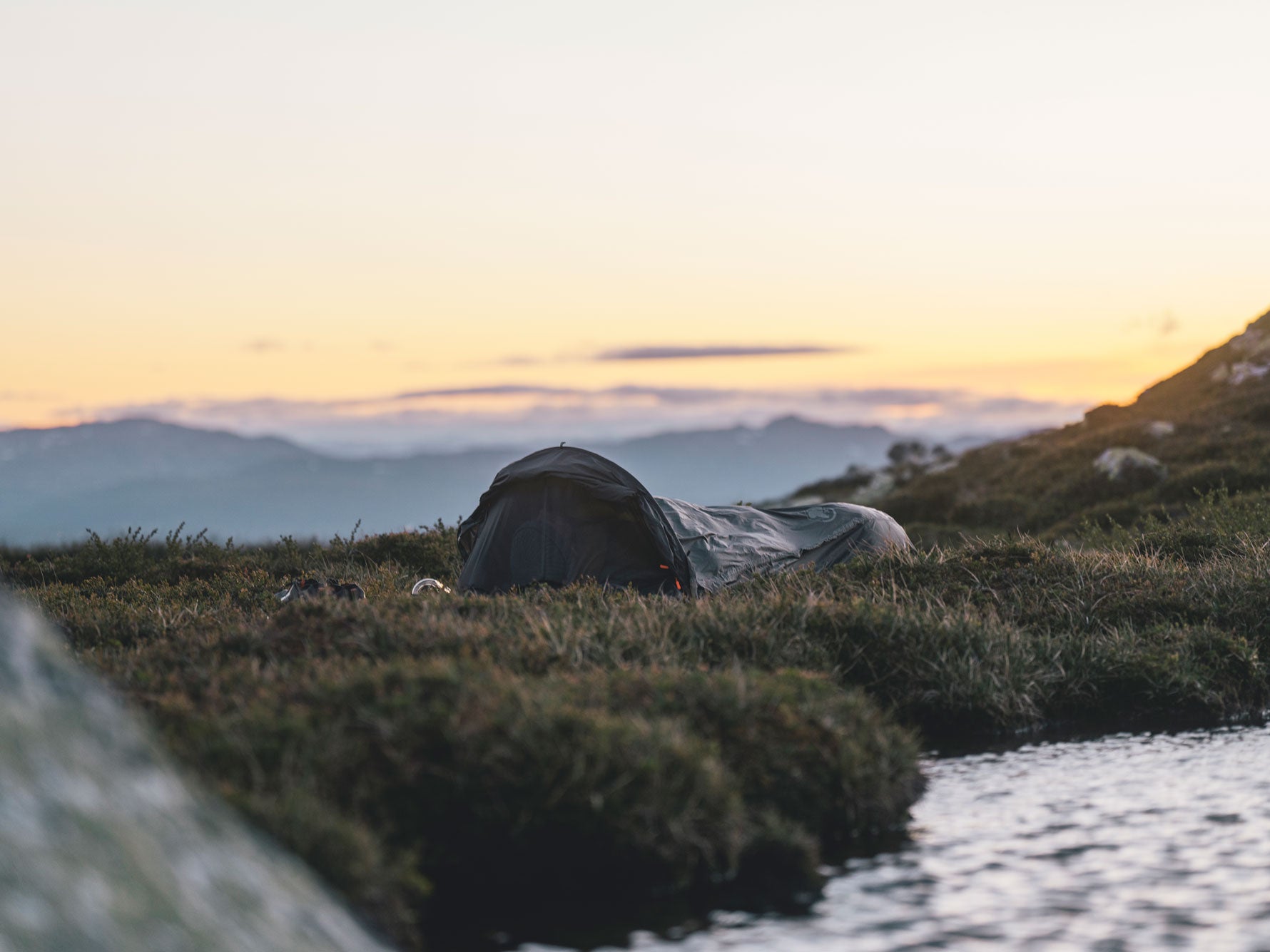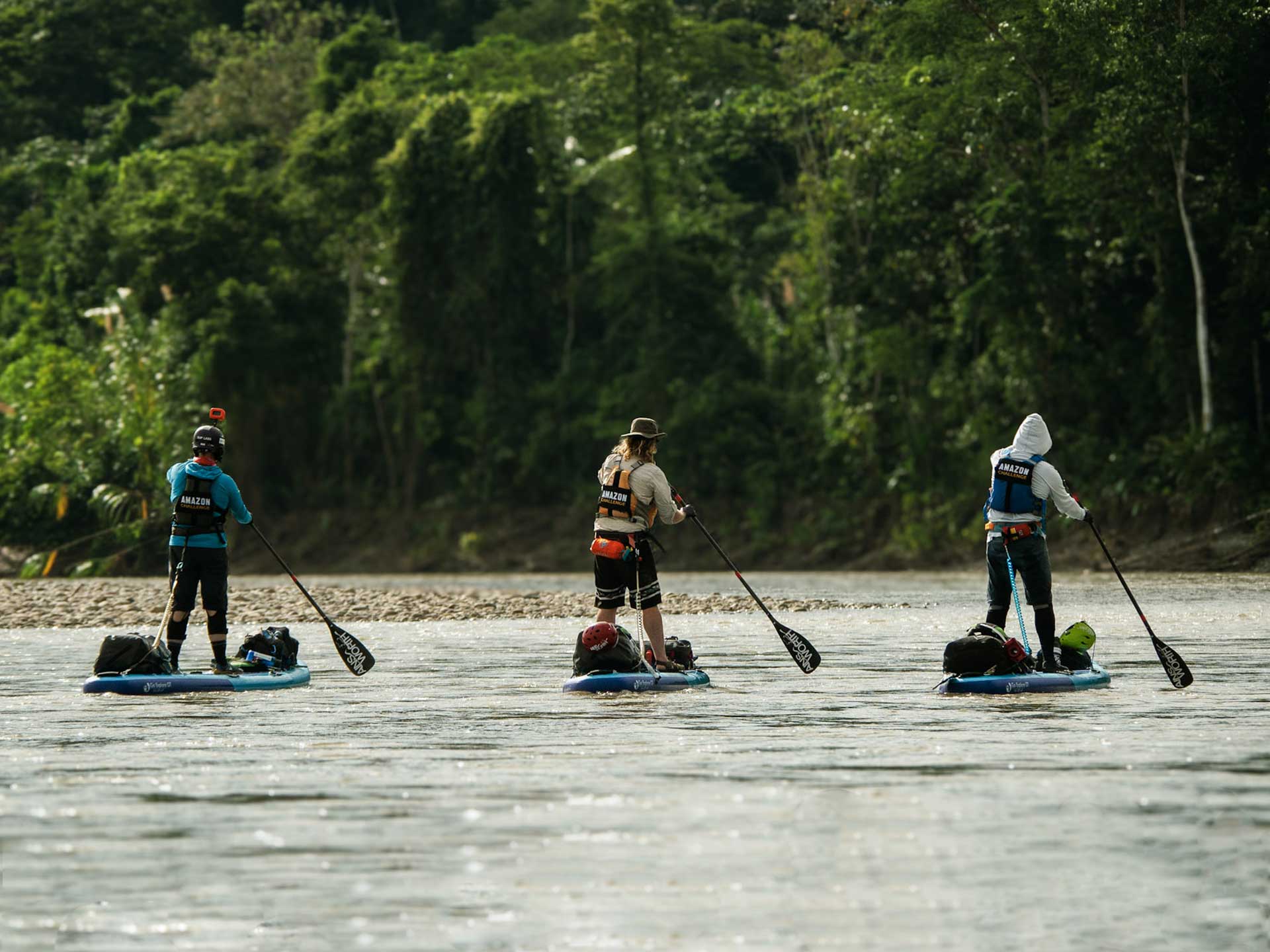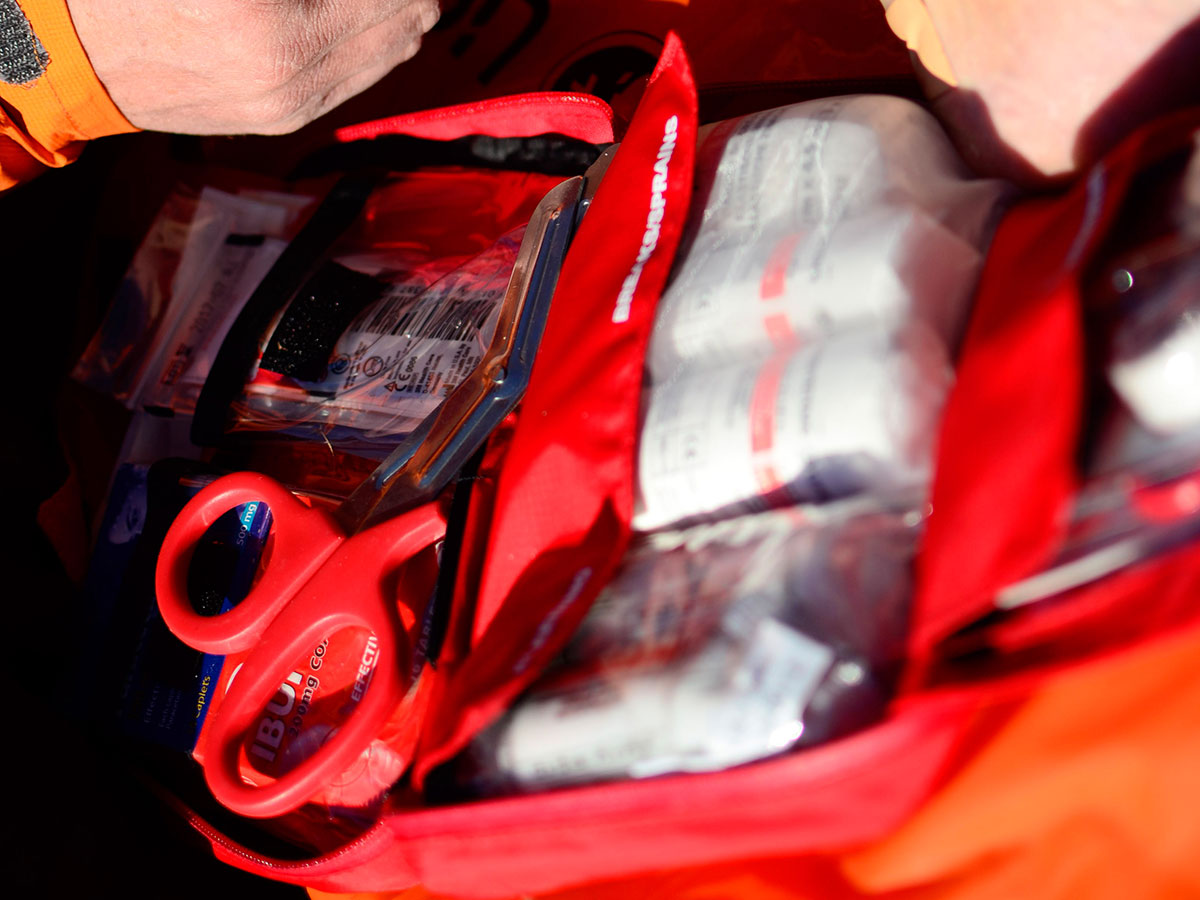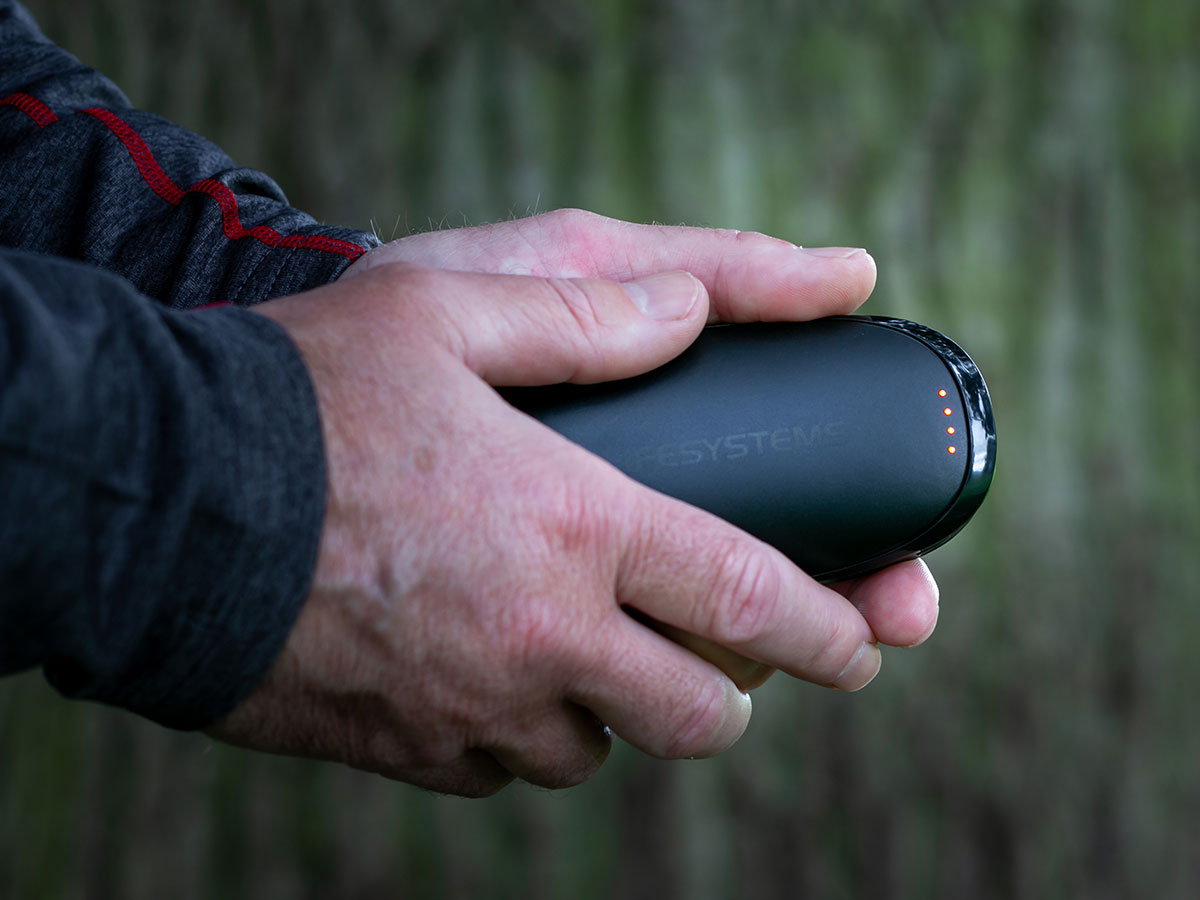How to Plan for your First Night Out in a Bivi
- Blog

Here at Lifesystems, we love exploring away from the beaten track and making the most of epic adventures in wild places. In our view, not much beats a night spent sleeping under the stars. Making it easy to pack light, venture into the outdoors and wake up with the sunrise in one of countless beautiful spots - bivvying has so much to offer. However, to make it both safe and enjoyable, preparation is key. If you want to know more, read on for our top tips for planning your first bivy adventure, plus some of our team’s favourite wild camping spots.
Pick your spot carefully
First up, making sure you have a clear idea of where you’re planning to camp for your first night in the bivy is crucial and we recommend choosing somewhere fairly accessible on your initial attempt. When wild camping, remember it’s important to check local regulations and gain permission from the relevant landowner if necessary. When it comes to the exact spot, make sure to pick somewhere with a great view (after all that’s what you’re there for!), plus look for good proximity to a water source and a flat, well-drained surface to pitch up on.

Familiarise yourself with the route and the weather
Take time to educate yourself on the route to your chosen spot and ensure you inform a loved one of your plans and expected timings before you depart. Don’t rely solely on your phone as signal can’t be guaranteed in the mountains and battery may run out – make sure you have a backup form of navigation such as a paper map and/or fully-charged GPS device.
Check the weather before you head out so you can pack accordingly (more on that below) and if you’re headed into the hills, we recommend checking the Met Office’s Mountain Forecast. Conditions at altitude can change quickly and be more extreme so ensuring you are prepared for this is vital.
Pack the essentials
Like any camping or hiking trip, it’s important to make sure you’ve packed the right kit. Obviously, you’ll need a bivi like our Venture Solo Hooped Bivi, but in order to sleep comfortably we also recommend packing a good-quality sleeping bag, a sleeping mat and plenty of warm and waterproof layers (our rule is always pack one more layer than you think you’ll need!). A warm hat is ideal for staying snug when sleeping with the hood unzipped to make the most of the view.

Don’t forget safety essentials
As well as the navigation kit mentioned before, must-have items on any adventure kit list are a well-stocked first aid kit and an emergency blanket in case of accidents. A head torch is also essential for navigating once the sun has set and we recommend carrying a portable power bank so you can charge your phone or head torch if needed.
Leave No Trace
Whether bivvying or camping in a tent, making sure you leave no trace of your visit is the mark of a responsible camper. This means taking away any litter, not damaging undergrowth or removing plants or trees, avoiding lighting campfires and keeping noise to a minimum to reduce the impact on wildlife. Even with permission, you should always aim to camp in small groups and to arrive late and leave early in order to ensure you don’t disturb other walkers.
Our top spots for first-time bivi adventures:
- Styhead Tarn – Lake District
- Llyn Idwal – Eyri National Park
- Weston Tor – Dartmoor
- Stanage Edge – Peak District
- Linn of Dee – Cairngorm National Park
Any tips or locations we’ve missed? Let us know in the comments.



